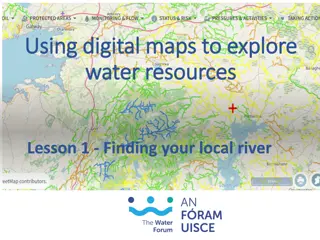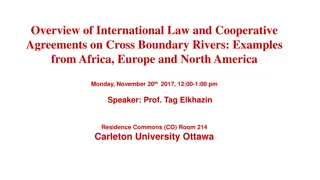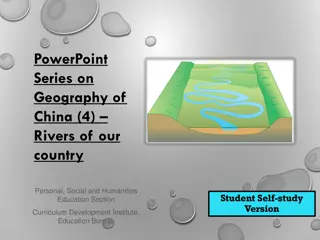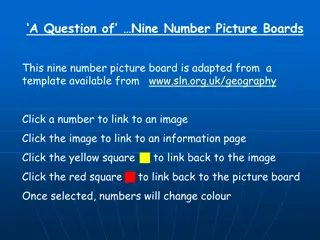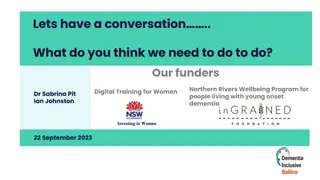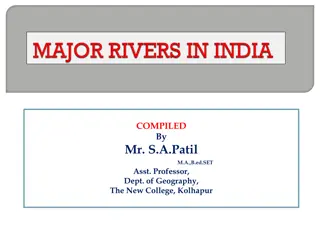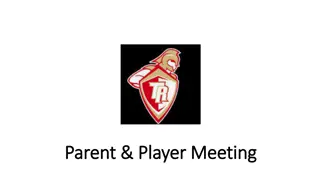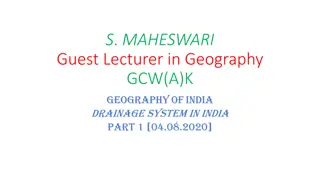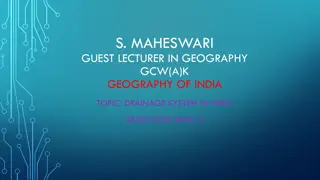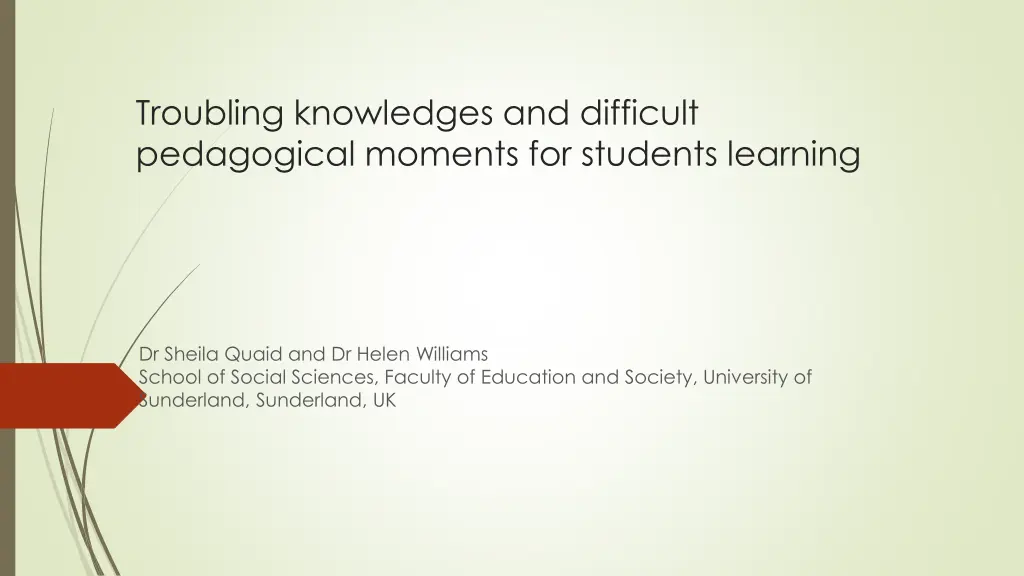
Social Sciences Teaching Challenges and Strategies
Explore the complexities faced by educators teaching diversity in social sciences, including difficulties with student perspectives and pedagogical approaches. Discover how a group of concerned staff addressed these challenges through shared experiences and discussions, aiming to enhance pedagogical practices. Learn about the importance of identifying ground rules for engagement and the impact of threshold concepts on student learning in this diverse educational landscape.
Download Presentation

Please find below an Image/Link to download the presentation.
The content on the website is provided AS IS for your information and personal use only. It may not be sold, licensed, or shared on other websites without obtaining consent from the author. If you encounter any issues during the download, it is possible that the publisher has removed the file from their server.
You are allowed to download the files provided on this website for personal or commercial use, subject to the condition that they are used lawfully. All files are the property of their respective owners.
The content on the website is provided AS IS for your information and personal use only. It may not be sold, licensed, or shared on other websites without obtaining consent from the author.
E N D
Presentation Transcript
Troubling knowledges and difficult pedagogical moments for students learning Dr Sheila Quaid and Dr Helen Williams School of Social Sciences, Faculty of Education and Society, University of Sunderland, Sunderland, UK
Teaching Diversity in a Diverse World Diverse subject areas are required to tackle the topic of diversity However, as professional educators in Social Sciences, we teach a curriculum in which inequalities are foregrounded This includes subject areas which address differences of race/ethnicity, social class, gender, (dis)ability and sexuality, underpinned by global approaches.
Difficulties for the teacher/student partnership Students often cannot imagine a world view beyond their own. They can believe their way of knowing themselves in the world is how the world is for everyone. Therefore, they can be resistant to new perspectives The critical educator recognises that in any given moment they are required to consciously manage the pedagogical illuminations of structural inequalities and individual agency. These difficult moments produce struggle for the student who is learning and pedagogical challenges for the lecturer. This paper captures a snapshot of some of the experiences of educators teaching diversity across a range of subject areas.
Background A small group of concerned staff met to discuss the problem and explore ideas that could better understand it as a pedagogical concern. The ideas factory started following inci- dences that we shared as colleagues about moments of difficulty. During teaching and learning sessions on equality, diversity and social justice pedagogies, we discussed our strategies and techniques with each other. One of the first core ideas arising from the meetings was the need to identify underpinning ground rules for engagement. In this process, we shared encounters with difficult moments when thinking pedagogically about equality, social justice and diversity across any of the specific subject matters we teach. We recognised that we were creating alternative intersecting narratives from
Getting the basics Meyer and Land (2003, 2005) describe as threshold concepts a portal which allows the subject to open up new ways of thinking about a topic. While this can have a transformative effect on the perception of the learner and can facilitate a more in-depth understanding of a subject, it can also prove troublesome (Perkins 1999 cited in Meyer and Land 2003) when the concept contradicts previous knowledge. For example; A student might understand gender as a natural expression of biological sex. To begin to understand gender as a social construct is challenging to all they have known until this point however this is fundamental in the social sciences, and without understanding this perspective, the student will struggle to understand more complex theory/concepts going forward.
Methodology Qualitative methodological approaches were utilised. These included thematic design for creation of initial Ideas Factory staff focus group. Following intensive thematising of literature in this field, a qualitative method was designed by the PI. First, a draft semi-structured focus group questions and discussion schedule. Access to participants was achieved with a straightforward sampling process. The criteria for participation were simple We specified You are a HE educator and you have experienced difficult moments in teaching diversity
The data Data was thematically analysed. Key categories emerged, including troubling knowledge, difficult moments, dangerous topics, discomforting pedagogies, critical pedagogy, authority of the lecturer, emotionality and.
Initial findings Difficult pedagogical moments were experienced by all participants in both comparable and unique ways depending on the subject matter We also found that discomforting pedagogies are experienced by the students across discipline boundaries. Sometimes tutors anticipated difficult moments and could set ground rules in place ahead However, there were also many incidences when the difficult moment was unexpected and needed quick troubleshooting Many difficult moments could be categorized under the heading resistance
Troubling the theory/practice hierarchy challenging truth It is when troublesome knowledge is presented in lecture content that a space in the classroom is opened for resistance and confrontation: After the lecture on race, they left me a note telling me how wrong I was ... that was prob- ably the worst moment I have come across ... complete resistance to any sort of ideas that challenged them We were discussing issues on stereotypes ... One of the things I did was to put up an image and I asked them to explore that a bit. This student responded as if I had been discrimina- tory in raising this issue to be discussed and challenged me in the middle of a lecture.
The manifestation of the difficult moment I don t think I was quite prepared for the degree of active vocal resistance because I thought it was pretty basic about a range of diversity issues ... The response the students have come back with is really angry, like you are challenging their world view and they feel very defensive, ideas about racism, sexism, disablism a vocal minority really shocked me in some of the things they were saying. One of the worst ones was around disability and what it must be like if you are discriminated against if you are disabled and . people who were involved in pushing people in wheelchairs said there was no discrimination, you can get anywhere in a wheelchair and they were really angry, shouting at me
Need for discomfort It is clear from these examples that the students are uncomfortable with the content of a session that challenge their world view The express this by contesting the authority, knowledge or legitimacy of the tutor Teachers felt responsible for the classroom environment and blamed themselves for any upset or conflict even that which could not have been anticipated Yet, Zemblyas and McGlynn describe how discomforting emotions play a constitutive role in challenging dominant beliefs (2012, 41) Feeling uncomfortable is necessary in moving forward
The weight of representation being seen and heard It is interesting to note that when difference is visible, the difficult moment is presented as one of looking both too much and too little: She said she could feel the eyes on her , such as white students looking to see how she was reacting (feedback from the only black student during a discussion of race) I found as a black lecturer if I have a black student in the class ..I may have one black student, and when I bring anything up about race they don t look at me, especially if it is just the one student in the class. We have had some students from Zimbabwe and Nigeria and what some of them fed back was what they find in lectures is that the lecturer, when they talk about race, actually avoid looking at the black students .They think some people are so frightened of offending them when they mention Black or colour, they won t look at them.
Do we remain neutral as a Teacher? Questions around teacher neutrality (Kubota 2014), the classroom as a safe space (Boostrom 1998), affect (Zemblyas 2018), emotionality (Burke 2017) and reflective practice (De Corte 2010) permeate the literature regarding teaching diversity. Key Point of Discussion- Ecclestone (2007) argues that developing learner autonomy can have a transformative effect on adult learners, increases motivation, enhances critical thinking and can be emancipatory. This is particularly pertinent for social science education which is concerned with inequalities and social justice, yet there is little consensus on how this might be achieved.
Strategies for support? We want to continue to open up dialogue between all of us in academic communities and across disciplinary boundaries. We aim to support each other in teaching these increasingly important perspectives. Moreover, we suggest that continuous professional development opportunities should offer opportunities to become aware and develop skills in this field. If this were embedded in PG Cert and other HE staff development programmes, skills needed for teaching diversity would be part of forward thinking in HE. As we teach diversity on a diverse world, discussions are opening across the world about the need to decolonise the curriculum, queer the curriculum and gender the curriculum. We need to practice interdisciplinarity and intersectionality in our approach to pedagogy and keep these discussions open.

